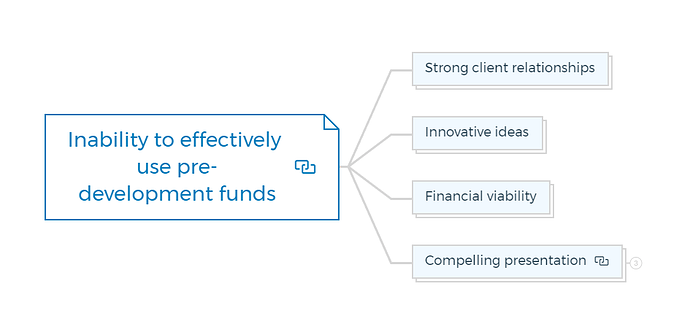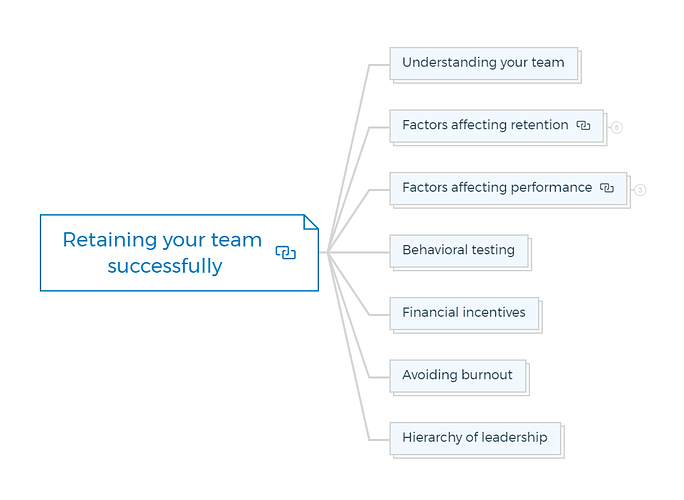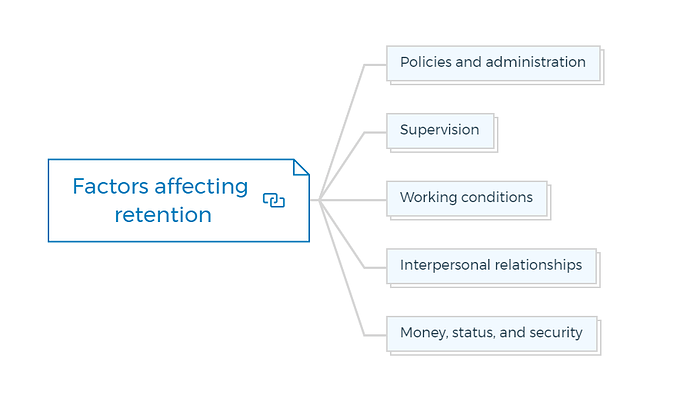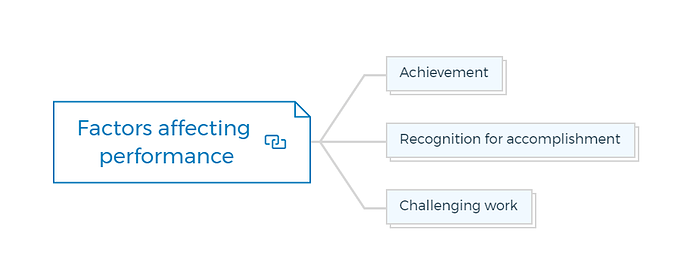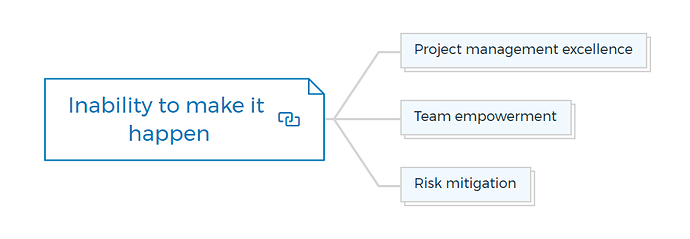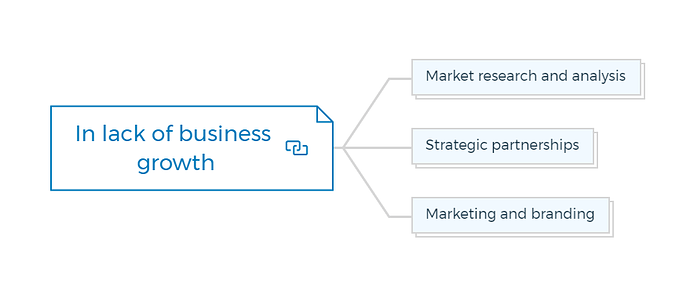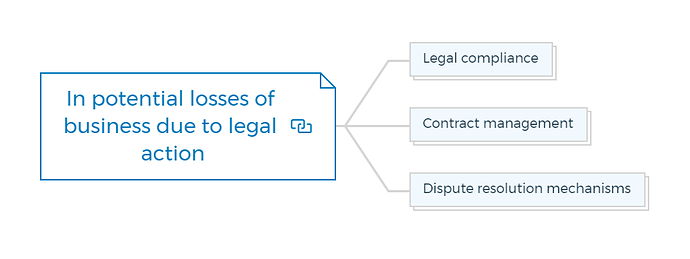Here’s a checklist of property development business prescriptions to help address and mitigate potential challenges and risks
1. Difficulty securing financing
When you’re struggling to get the money you need to start a development project, here are some practical steps to consider:
1.1. Involve lenders more
Offer lenders a bigger share of the profits and potential earnings when the project is sold.
1.2. Improve financial planning
Take a close look at your financial plans and double-check all the numbers to see if there are ways to make more money and cut costs. If your in-house finance team is stuck, think about hiring experts to help out.
1.3. Get expert advice
Have an advisor go over your pitch to lenders and see if they can find ways to generate more interest in your project.
1.4. Expand your lender options
Don’t limit yourself to just a few lenders. Look for more potential lenders who might be interested.
1.5. Consider equity partners
Think about teaming up with investors who are willing to put in money in exchange for a stake in the project. You might have to give up some ownership, but it can help you get the project started. If there’s no investment from your side, consider offering contracts for services like development fees, leasing, and management fees instead.
2. Inability to effectively use pre-development funds
To ensure that you make the best use of the funds allocated for predevelopment activities, it’s crucial to create well-structured proposals. These proposals should not only convey your vision for the project but also showcase your team’s capabilities clearly and professionally. To stand out and secure the opportunity, consider these key ingredients:
2.1. Strong client relationships
Building strong connections with potential clients is essential. Make sure your proposal reflects the trust and rapport you’ve established.
2.2. Innovative ideas
Present creative ideas that align with the client’s goals, whether in design, services, or management.
2.3. Financial viability
Highlight the economic benefits of your proposal. Showcase how it can bring value to the project, including financial projections, cost estimates, and cash flow analysis.
2.4. Compelling presentation
Craft a visually appealing proposal that makes it evident you’re a team of experts. Consider packaging your information into distinct sections:
I. Project overview
- Mission Statement
- Objectives
- Program Components
- Environmental Considerations
- Building Features
- Benefits to the Client
- Project Ownership and Economics
- Services Offered
- Delivery Schedule and Specifications
- Development Team
II. Developer credentials
- Implementation Approach
- Organizational Leadership
- Responsibilities of Each Team Discipline
- Project Management Details
- Company History
- Past Projects and Achievements
- Strong Business Relationships
- Available Resources
- References
III. Appendix (Team members)
- Include key team member information or brief summaries of each member’s role and expertise.
You are missing out if you haven’t yet subscribed to our YouTube channel.
3. Retaining your team successfully
Retaining your team members in the world of real estate development requires understanding and connecting with your staff on a personal level. In this fast-paced environment, it can be challenging to truly get to know your team, as everyone is focused on the project at hand. However, it’s crucial to invest time and effort in understanding what motivates each individual.
3.1. Understanding your team
- Learn about your staff’s physical, social, and psychological needs.
- Realize that each person is motivated in their unique way, and you must become a student of their behavior.
- Show genuine care and concern for your team members.
3.2. Factors affecting retention
3.2.1. Policies and administration
Ensure that your workplace policies and administration are fair and supportive.
3.2.2. Supervision
Provide effective leadership and guidance.
3.2.3. Working conditions
Create a comfortable and conducive work environment.
3.2.4. Interpersonal relationships
Foster positive relationships among team members.
3.2.5. Money, status, and security
Offer competitive compensation, recognition, and job security.
3.3. Factors affecting performance
3.3.1. Achievement
Set clear goals and provide opportunities for accomplishments.
3.3.2. Recognition for accomplishment
Acknowledge and celebrate achievements.
3.3.3. Challenging work
Offer tasks that challenge and engage your team members.
3.4. Behavioral testing
Consider using behavioral testing to understand your team’s unique styles and preferences. This can help you appreciate individual differences, identify potential conflicts, and create a motivating work environment.
3.5. Financial incentives
Provide financial incentives that reward achievement and benefit the entire team. Bonuses tied to the company’s net worth growth, limited partnerships for outstanding leaders, benefits, and recognition can motivate and retain top talent.
3.6. Avoiding burnout
Prevent employee burnout by creating a supportive work environment. Look for signs of burnout, such as negative attitudes, lateness, absenteeism, or sloppy work, and address them with strategies like:
- Offering genuine compliments
- Setting reasonable goals
- Demonstrating joy in the work
- Maintaining an open-door policy
- Providing quiet times
- Effective communication
- Leading by example
- Regular evaluation and feedback
- Encouraging skill expansion
- Offering solutions, not just problems
- Expressing concern and understanding
- Performance-based pay
- Dignified communication and delegation
- Valuing team input
- Effective follow-up systems
3.7. Hierarchy of leadership
Establish a clear chain of command to facilitate decision-making and communication within your organization. As your team and organization grow, a well-defined hierarchy of leadership becomes crucial to maintain efficiency and adaptability in changing economic circumstances.
4. In loss of operating capital
4.1. Analyze financial health
Regularly assess your company’s financial health to avoid the risk of losing operating capital. Monitor your cash flow, balance sheets, and income statements to identify any potential shortfalls or areas where you can optimize your financial resources.
4.2. Cost control measures
Implement stringent cost control measures to minimize unnecessary expenses. Evaluate your operational processes and identify areas where you can reduce overhead without compromising the quality of your projects.
4.3. Diversify revenue streams
Reduce reliance on a single source of income by diversifying your revenue streams. Explore new markets, services, or products that align with your core competencies to create additional income sources.
5. Inability to make it happen
5.1. Project management excellence
Invest in a robust project management system to ensure the successful execution of your real estate development projects. Effective project planning, scheduling, and execution are critical to making projects happen on time and within budget.
5.2. Team empowerment
Empower your team members by providing them with the necessary training and tools to excel in their roles. A well-trained and motivated team is more likely to overcome challenges and bring projects to fruition.
5.3. Risk mitigation
Identify potential obstacles early in the project planning phase and develop comprehensive risk mitigation strategies. This proactive approach can help you address issues before they become insurmountable roadblocks.
6. In lack of business growth
6.1. Market research and analysis
Continuously conduct market research and analysis to identify growth opportunities in the real estate sector. Stay updated on industry trends, consumer preferences, and emerging markets to position your business for growth.
6.2. Strategic partnerships
Explore strategic partnerships with other businesses in the real estate industry. Collaborations with construction firms, architectural firms, or property management companies can open up new avenues for growth and expansion.
6.3. Marketing and branding
Invest in a robust marketing and branding strategy to increase your visibility and attract potential clients. Utilize digital marketing, social media, and traditional advertising methods to reach a wider audience.
Learn More
7. In potential losses of business due to legal action
7.1. Legal compliance
Ensure strict adherence to all relevant laws and regulations governing real estate development. Consult with legal experts to review your projects and contracts to mitigate the risk of legal disputes.
7.2. Contract management
Implement a comprehensive contract management system to track and manage all project-related agreements. This includes contractor agreements, lease agreements, and partnership contracts. Thoroughly review and negotiate terms to protect your business interests.
7.3. Dispute resolution mechanisms
Establish clear and effective dispute resolution mechanisms within your organization. This can include mediation and arbitration processes to resolve conflicts with clients, contractors, or other stakeholders without resorting to costly litigation.



